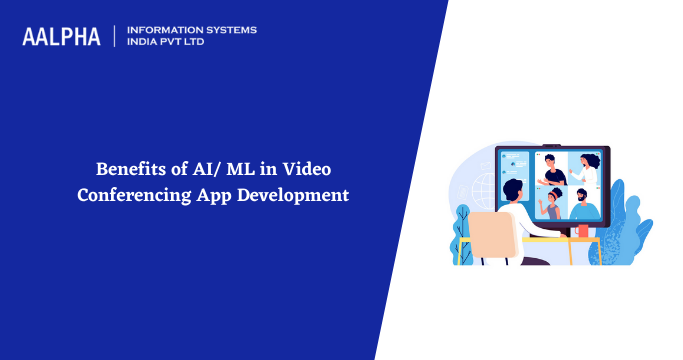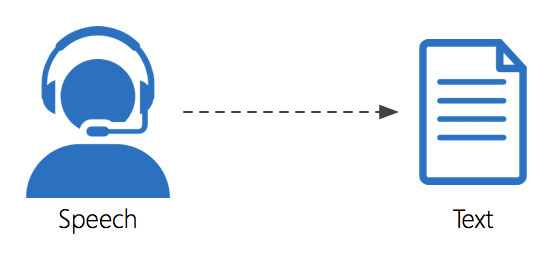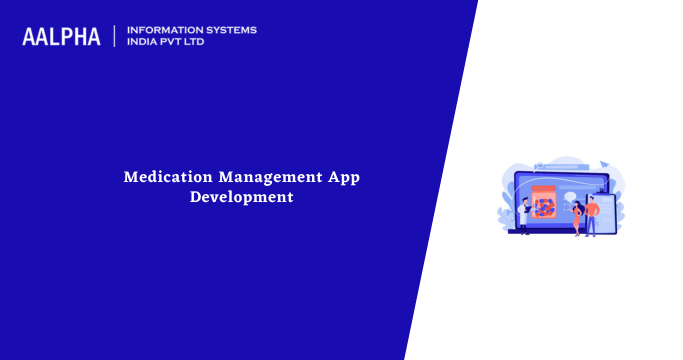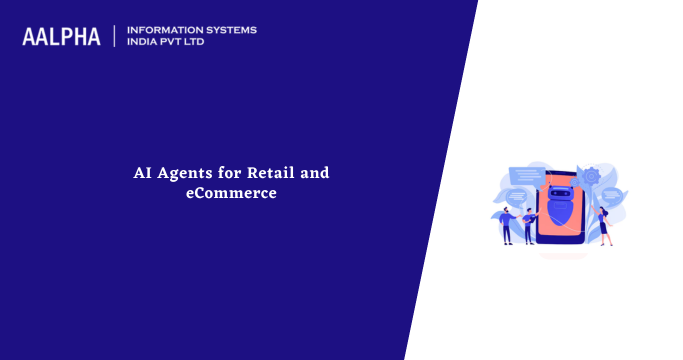AI is extensively utilized in a variety of fields due to its capacity to learn. Expert systems, speech recognition, machine learning, and machine vision are examples of specific AI applications.
While most people are acquainted with “AI,” it is often associated with science fiction. However, as technology develops, AI is being brought into the workplace, where it may be used in various ways. One of them is video conferencing, which may assist you in avoiding doing unnecessary busywork.
Transcription from voice to text
Note-taking may be difficult when businesses use cloud phone solutions like RingCentral. People chatting over one other, straying off subject, or not being heard are frequently worse in video conversations. So now you can take notes using voice-to-text transcription.
Machine learning makes software like this more accurate the more it is used. It may distinguish specific speakers and make the final notes simpler to read.
These apps all utilize NLP. However, NLP can automatically balance the sounds of various conference participants. It may even go farther, lowering the voices of those who interrupt or noticing long periods of silence.
Visualization via computer
Like NLP, but for images, this technology can automatically frame call participants and zoom in/out as required. If someone must stand up or display anything in the backdrop, it may also track their motions. Calls already use certain computer vision features. For example, they are blurring or concealing the backdrop to provide privacy to those working from home.
Like NLP, we can anticipate this technology to evolve. Advanced computer vision may theoretically correct color or lighting problems, stabilize cameras, and even allow dynamic backdrops.
Scheduling
One of the many difficulties of remote work is scheduling meetings with a team scattered across time zones and has other obligations. Instead of manually emailing people, why not use AI? An AI-powered system can plan meetings and send reminders based on online calendars and other data.
Rescheduling appointments using AI is more straightforward. An AI-powered solution can consider everyone’s schedules and choose a good time. That saves time spent trying to find a solution that works for everyone. The solution may also send out automated rescheduling alerts, saving you time.
A central scheduling system that uses AI and automation may drastically reduce your workload. That makes coordinating big, diverse teams much more accessible.
Analytics
By delivering up-to-date data, AI may influence how you utilize video conferencing. By keeping track of the average meeting size, the regular meeting date, and the frequency with which meetings go long, you can rapidly determine what works and what does not work for you.
AI can even take this a step further and create predictions based on these data. This may include recommending applications, files you may need, and times you may like to reserve for future meetings. These up-to-date metrics are an excellent approach to increase the efficiency of your video meetings.
As is the case with many other applications, AI’s usage in analytics has the potential to go even further. You may even be able to get insight into the flow of your meetings in real-time.
If you’re worried about individuals monopolizing the discussion, you may be able to keep track of who speaks when. Additionally, AI can help with the technical aspects of the conversations, identifying areas where people’s internet connections may be suffering and adapting appropriately to prevent call dropouts.
Streamlining
Managing platform switching is critical to customer interaction, as anybody utilizing a contact center system like RingCentral will testify. For employees, it may be highly time-consuming since they must pay attention to all potential touchpoints.
Social media is one of the most important avenues for consumer interaction. Therefore your social media marketing plan should include responding promptly to customer demands. Email, the website, phone lines, and video calls are all virtual channels that must be aware of each other.
Using AI advances like a free online chatbot may speed up the process. The chatbot can handle many consumer inquiries, allowing your employees to handle more complex situations. AI can help by routing inquiries to the most suitable individual. AI-powered intelligent routing may enable video conversations for the most complicated consumer questions.
What does the future hold?
All the above are things you may begin using immediately. However, as artificial intelligence and unified communications continue to develop, there will be further advances.
We may anticipate increased connections to augmented reality (AR), which enables real-time, interactive images. Depending on a static screen are of a graph, you might utilize a three-dimensional depiction of data that participants can customize to their liking.
AR can enhance video calls. You may share a 3D model of a product instead of showing it in person. You might utilize AR to troubleshoot computer problems without calling in an IT expert. This will make video conferencing more accessible.
For queries for AI-based mobile app development? feel free to contact us today!
Also check: how to build video conferencing app | webrtc development company





Share This Article:
Written by:
Muzammil K
Muzammil K is the Marketing Manager at Aalpha Information Systems, where he leads marketing efforts to drive business growth. With a passion for marketing strategy and a commitment to results, he's dedicated to helping the company succeed in the ever-changing digital landscape.
Muzammil K is the Marketing Manager at Aalpha Information Systems, where he leads marketing efforts to drive business growth. With a passion for marketing strategy and a commitment to results, he's dedicated to helping the company succeed in the ever-changing digital landscape.